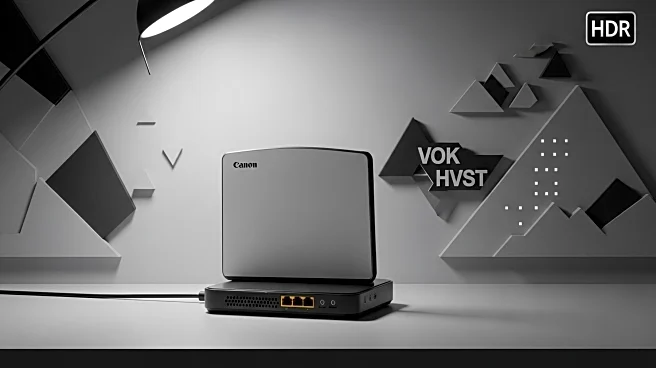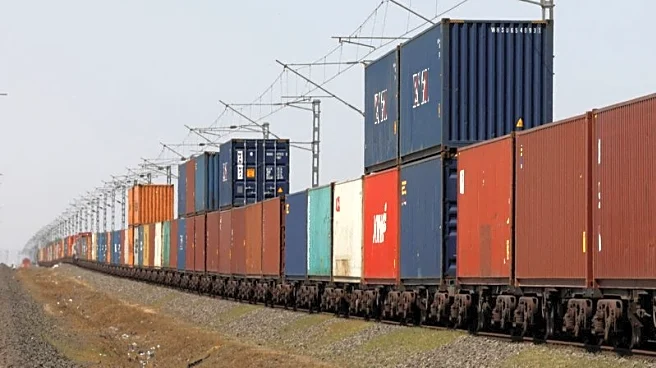What's Happening?
Major US cable operators are experiencing a challenging period as they navigate competition from fiber and fixed wireless access (FWA) technologies. Despite efforts to return to broadband subscriber growth, companies like Comcast and Charter Communications are facing pressure due to a slowdown in residential relocation and new home construction. MoffettNathanson's analysis suggests that the 'terminal' penetration for cable broadband will be around 47%, indicating potential downside for operators with higher current penetration rates. However, new household formation and rural buildouts, supported by government programs, may offset some losses. The forecast predicts flat subscribership over the next five years, contrasting with more pessimistic scenarios.
Why It's Important?
The cable industry's struggle to maintain subscriber growth amid increasing competition has significant implications for the US broadband sector. Fiber and FWA technologies continue to encroach on cable territory, potentially reshaping market dynamics. The predicted flat growth suggests that cable operators may need to innovate and adapt to remain competitive. This situation affects not only the companies involved but also consumers who may benefit from improved services and pricing due to heightened competition. Additionally, the financial performance of cable stocks, deemed undervalued by analysts, could influence investment decisions in the sector.
What's Next?
Cable operators are expected to continue their efforts to enhance network capabilities, including potential upgrades to DOCSIS 4.0, which could improve speed, capacity, and resiliency. The impact of these upgrades on subscriber numbers remains uncertain, as companies have yet to provide clear answers. The ongoing competition from fiber and FWA, along with the potential expansion of satellite broadband, will likely drive further strategic adjustments. Stakeholders, including government entities and consumers, will be watching closely to see how these developments unfold and affect the broader broadband landscape.
Beyond the Headlines
The cable industry's challenges highlight broader trends in technology adoption and infrastructure development. As fiber and FWA gain ground, questions about digital equity and access in rural areas become more pressing. The role of government subsidies and programs in supporting broadband expansion underscores the importance of public policy in shaping industry outcomes. Additionally, the potential impact of artificial intelligence on network operations and service delivery could introduce new complexities and opportunities for cable operators.












